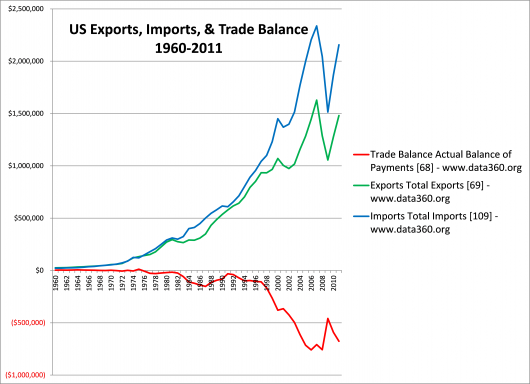Michael Grunwald (2012) discussed Solyndra within the context of the appropriateness of government investment in innovation. Conceptually, government support for innovation has a lengthy precedent. What few pundits discuss is that the Solyndra loan under the stimulus plan represented 97.7% of all loans under the program made within the state of California, $535 million directly to Solyndra and $284 million to Rudolph & Sletten, a prominent green energy general contractor, as a subcontractor to Solyndra. The balance of the loans in California went to government agencies and Native American entities.
Under the stimulus plan, California-based entities received more than 12,000 grants, most seemingly for infrastructure, research, or education projects. The sheer scale of the stimulus program would seem to make the prospects for a “where are they now?” type of report. Nearly three years after the receipt of many of these awards, an accounting of the taxpayers’ investments would be interesting and appropriate, even if an overwhelming undertaking.
Government support of innovation seems generally connected to new or newly emphasized policies. In the Solyndra example, the policy was to support green energy in general and solar in particular. Grunwald (2012) observed that the solar industry has grown dramatically since 2009. The Solyndra example would seem, then, to have been a bad investment in an otherwise good industry for investment.
Individuals, governments, and investment firms, including venture capital, private equity, and angel groups, make bad investments every day, collectively that is. Unless investment decisions are the result of some secret sauce or proprietary black box assessment that somehow produces above-market success rates and returns, any investor would be unwise to put all her or his proverbial eggs in one basket. In the case of the US investment in Solyndra debt, the investment was 0.1% of the total portfolio of loans, grants, and contracts, certainly not an all-in-one-basket scenario.
Was Solyndra a bad investment of taxpayer money? Certainly, if the standard is return on investment. Was Solyndra an unwise allocation of risk capital? No, since 0.1% of the portfolio would not seem to be over-allocation into one investment. Was Solyndra risky? Yes, but probably not any more risky, and possibly less risky, than other ventures at the same stage of development. Should the Solyndra experience cause government decision makers to use a different assessment of innovation potential? Probably, but the Solyndra failure should not become an excuse for governments to stop investing in innovation. Early stage companies in innovative industries are risky investments; they always have been and always will be, and that is why investors demand and recieve the potential returns that they do.
References
Grunwald, M. (2012, August 27). Yes, more Solyndras. The solar company failed, but the decision to invest in it was the right one. Time, 180(8), Business 4.
